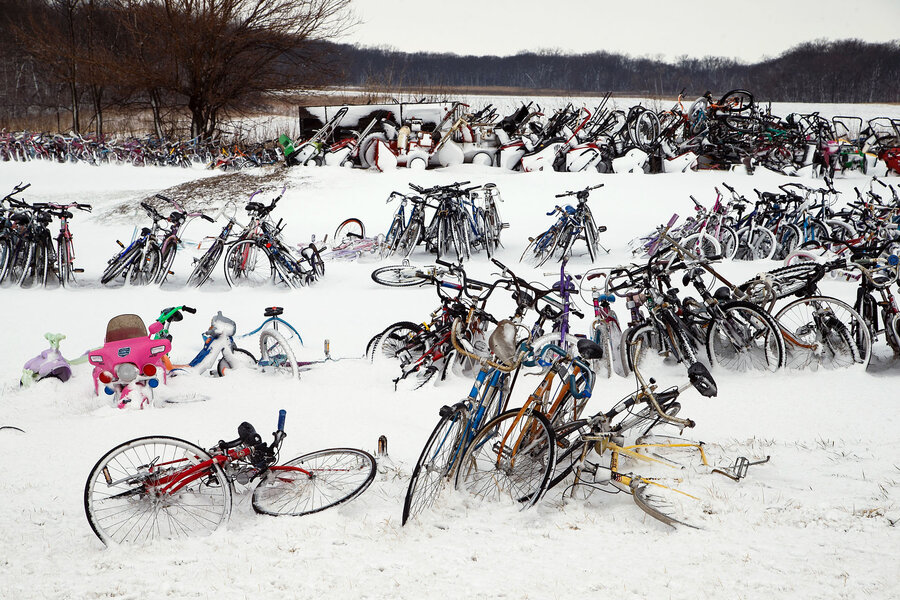How rare is a tornado in February?
Severe weather resulting from a massive storm hit several parts of the Midwest and Southern states, with eight tornadoes reported through the South Tuesday, including one in Scooba, Miss., that traveled into Alabama.
Several states, including Mississippi, Tennessee, and Alabama have issued tornado watches as blizzard and winter-storm warnings remain in effect from Nebraska to northern Michigan. Parts of major interstates were closed in eastern Nebraska, South Dakota, Colorado and Kansas throughout the day, the Washington Post reported.
But it’s the beginning of February, and tornado season usually doesn't gear up until spring. So what gives?
According to the Weather Channel, the months with the highest average number of US tornadoes from 1984 to 2013 are June, April, and May, with 211, 227, and 270 tornadoes, respectively. Winter tornadoes are much rarer, with just 23 tornadoes in December, 39 in January, and 96 in February.
But no month comes with a tornado-free guarantee. "Tornadoes can happen at any time of the year, in any month of the year, and in just about any location in the country," Greg Carbin, a meteorologist with the National Weather Service's Storm Prediction Center in Norman, Okla., told LiveScience.
Tornadoes typically form in environments of unstable air, usually when warm, moist air is trapped under a layer of colder, dryer air, according to experts.
“This is kind of a hybrid El Niño. Storm tracks have set up a bit differently. The cold air has not been placed where we thought it would be placed in some locations,” Jim O'Brien, a Weather Authority meteorologist, told WTTV.
According to Livescience, “tornadoes are often associated with the jet stream, which is a band of strong winds high above the atmosphere that can a huge influence weather patterns by jostling air masses around.”
Meteorologists also warn that winter tornadoes can be more dangerous than tornadoes in the spring. So-called rain-wrapped tornadoes can appear invisible to both human eyes and doppler radars. What's more, winter's shorter daylight hours increase the odds that a tornado will form at night, when the funnel cloud is harder to see and when people are less likely to be prepared.
Southern states have historically experienced destructive tornadoes in February, with the worst being in February 2008 in Ohio Valley. According to International Science Times, “the winter tornado outbreak consisted of 87 tornadoes over the course of 15 hours on February 5 and 6. The tornadoes were especially destructive in the heavily populated areas of Memphis, Jackson and Nashville, Tenn., as well as in north-central Alabama. Hundreds of people were injured and 57 killed across four states, with total damages exceeding $1 billion.”
Meanwhile, meteorologists warn that since El Niño is expected to continue through the late spring, these severe weather days are only likely to increase in certain parts of the country.






